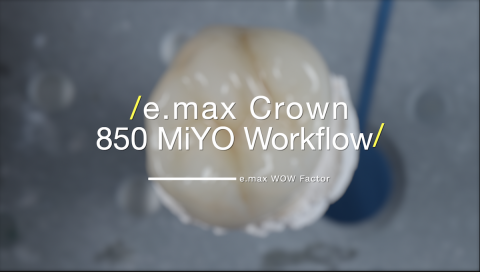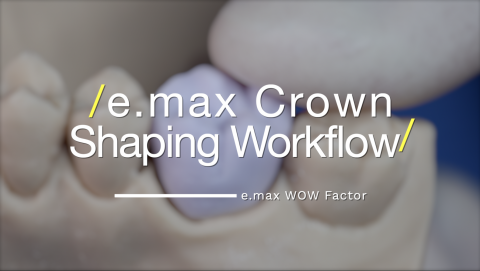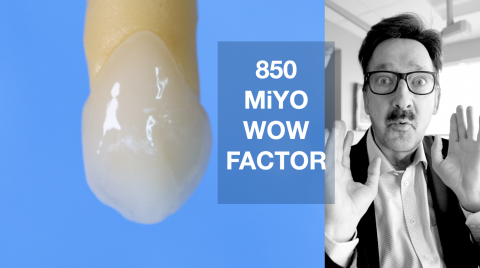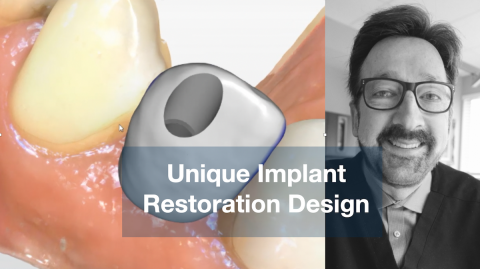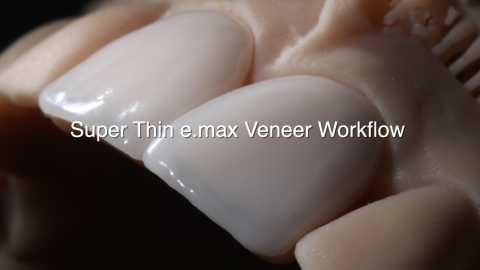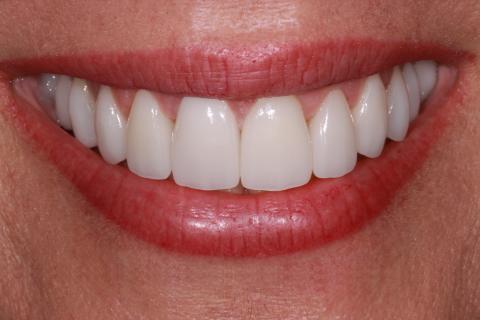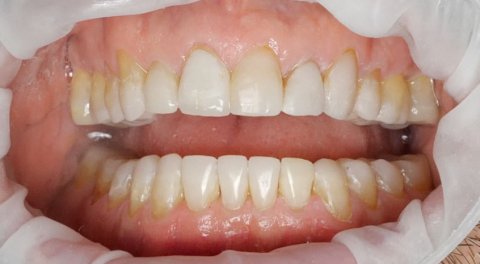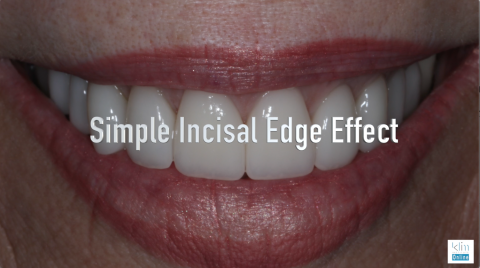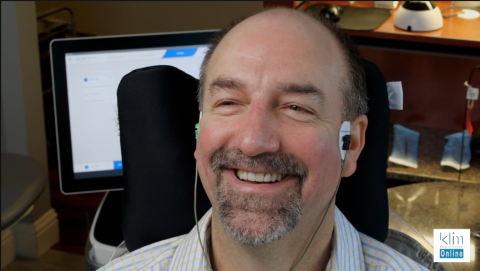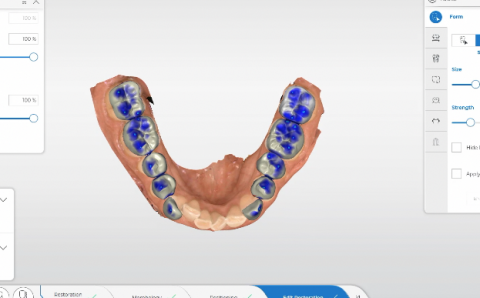Submitted by James Klim DDS, CADStar Host on 01/20/2023 - 4:46pm
Submitted by James Klim DDS, CADStar Host on 01/20/2023 - 4:36pm
Our current milling option is refining the e.max mill very well. Before glazing and coloring, a few finishing steps will dramatically improve the outcome. This video is the first video in a miniseries for the 850 MiYO application. However, this video will stand alone for other e.max glaze application options.
Submitted by James Klim DDS, CADStar Host on 01/15/2023 - 9:27pm
850 MiYO is a game changer for creating aesthetic e.max restorations. I have been using 850 for about six months, and the ease of use and the aesthetic outcome has been the most significant results I have seen with glaze and colors in 20 years. This video will introduce the workflow by placing the glaze and colors before crystallization. The time savings and results will be incredible.
Submitted by James Klim DDS, CADStar Host on 12/28/2022 - 7:53pm
Submitted by James Klim DDS, CADStar Host on 10/21/2022 - 10:48am
Submitted by James Klim DDS, CADStar Host on 08/07/2022 - 5:00pm
This is the introduction to a series of videos that will involve the complete workflow for accomplishing anterior veneers in our clinical theaters with CEREC or sending them off to a virtual lab. I will add future videos on veneer preparation options, optimal milling for thin veneer ceramics, ceramic finishing, and then veneer placement.
Submitted by James Klim DDS, CADStar Host on 07/17/2022 - 5:34pm
This video is step four in the comprehensive digital workflow. Creating the fixed transitional occlusion is the magic of comprehensive care when increasing the OVD. The digital imaging with the Primescan is fully competent to capture and then create prepless onlay and veneers at levels of precision that dramatically simplifies the transitional phase of restoring a dentition when increasing OVD. This process facilitates the patient adapting in composite, with minor follow-up adjustments and settling the occlusion before moving into the final restorations. This video walks through the workflow for bonding the
Submitted by James Klim DDS, CADStar Host on 07/12/2022 - 9:57pm
Submitted by James Klim DDS, CADStar Host on 06/12/2022 - 8:10pm
Steve shares how he adapted to the fixed transitional occlusion onlays and veneers.
When changing a vertical functional dimension, verifying the patient’s adaptive capabilities with a removable splint is clinically safe, followed by fixed transitional onlays and veneers before moving into the final restorative phase.
Measure this phase by interview questions and clinical response to the transitional bite. A successful adaptive occlusion will exhibit a clinical environment free from tooth, joint, and muscle pain. The patient needs physiologic imprinting and emotional closure before moving to the restorative phase
Submitted by James Klim DDS, CADStar Host on 06/12/2022 - 8:00pm
This video is the software workflow for a lower arch to open the bite with prepless onlays and veneers on the canine. The current software is working well! The transitional bite will be milled in composite material and bonded. This transitional occlusion will provide neural, muscle memory, and biomechanical adaptation before placing the final restorative restorations.

